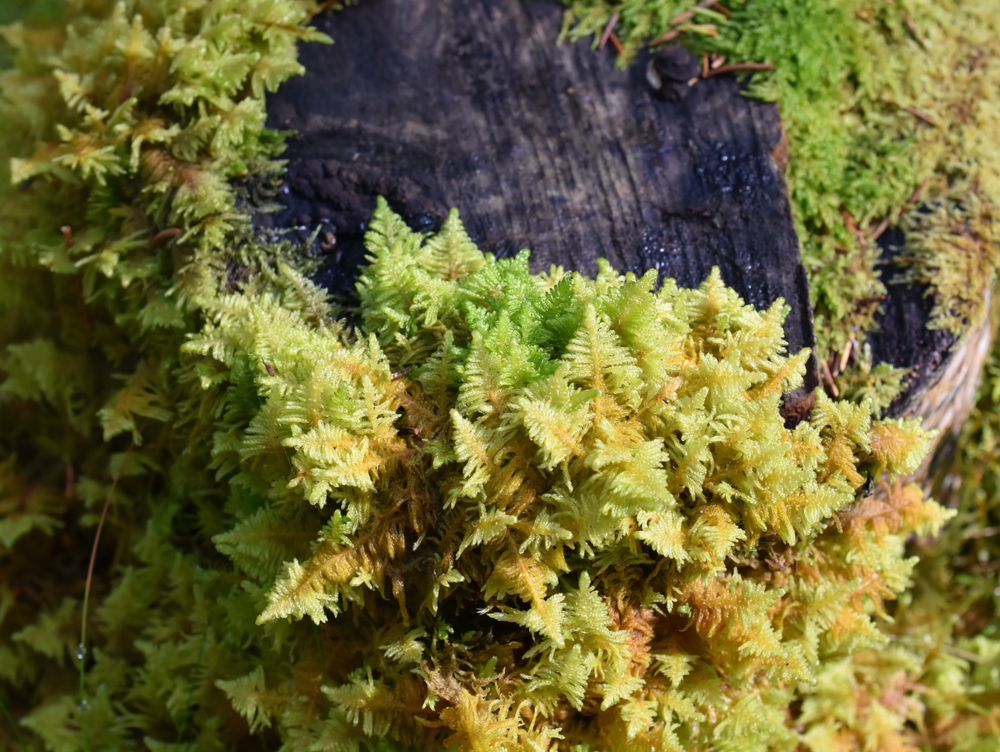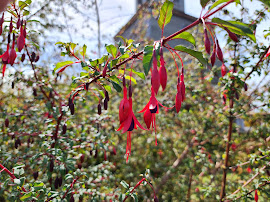Florida is home to a remarkably wide variety of moss species due to the state’s subtropical climate and diverse ecosystems. From towering oak hammocks to sprawling wetlands, mosses thrive in many niches across the Sunshine State. Here is an introduction to some of the most common types of moss found in Florida.
Tree Moss
Several species of tree moss can be found growing on the trunks, branches, and roots of Florida’s trees. These tiny plants often form dense mats or dangling strands on their woody hosts.
-
Anomodon minor – This moss has tiny round leaf cells and grows on limestone rocks and tree bark. Its shoots creep along horizontally.
-
Haplocladium microphyllum – With small, pointed leaves, this species favors alkaline soil, limestone, concrete, and tree bases. It forms low mats.
-
Leucodon julaceus – Growing in yellow-green tufts on bark and branches, its leaves lack a midrib and its cells are papillose.
-
Taxithelium planum – Featuring glossy, green leaves, this epiphyte grows on trees and rocks. Its leaf cells have multiple papillae.
Ground Moss
Several moss species thrive on the ground in Florida, carpeting shady forests, disturbed soils, and exposed rocks:
-
Dicranum scoparium – This moss has curly, wiry leaves on tall stems. It colonizes rotting logs and stumps in sprawling patches.
-
Leucobryum albidum – Forming large cushions, its thick leaves are white-green. It dominates the ground in pine flatwoods and hammocks.
-
Sphagnum recurvum – With hanging branches and clustered buds, this peat moss inhabits wet meadows and swampy areas. Its leaves hold water.
-
Thuidium delicatulum – This species has frond-like growth and prefers shaded, moist habitats. Stems spread across the ground and hang from logs.
Rock Moss
The stone outcrops and limestone substrate of Florida are exploited by specialized mosses:
-
Anomodon attenuatus – Creeping tightly over limestone, its green shoots have leaves edged with small teeth. Limestone glades host this species.
-
Hedwigia ciliata – Growing on acidic rocks, this moss has reddish stems and strongly curled, whitish leaves when dry. Granite outcrops harbor it.
-
Tortella humilis – With twisted leaves when dry, its shoots emerge from limestone crevices. Leaf cells are papillose. It tolerates drier conditions.
Aquatic Moss
A few unique mosses inhabit Florida’s lakes, rivers, swamps, and springs:
-
Fontinalis sphagnifolia – Dangling in stream beds, its leaves lack a midrib. Found in clean flowing waters.
-
Fissidens fontanus – Growing underwater on rocks, its flattened stems have paired leaves and thrive in freshwater streams.
-
Thamnobryum alleghaniense – Forming cushions in streambeds, this moss has flagelliform branches with reddish stems and serrated leaves.
Epiphytic Moss
Epiphytes grow on other plants. Florida is home to many epiphytic mosses that use trees and even air plants like bromeliads as their scaffolding.
-
Leucobryum albidum – This ground moss also creeps up tree bases and exposed roots as an epiphyte.
-
Octoblepharum albidum – Growing on trees and palm trunks, this moss has succulent, white, scoop-shaped leaves lacking a midrib.
-
Syrrhopodon incompletus – With shiny green shoots, it inhabits tree trunks and branches. Leaves are rolled and lack chloroplasts at the base when dry.
-
Neckeropsis disticha – Simple or branched shoots stick out from tree trunks and rocks. Leaves are flat and ribbon-like.
The diverse forest types, variable moisture levels, and abundance of rocks and trees in Florida provide a wealth of microhabitats for many unique moss species to inhabit. From terrestrial to epiphytic, Florida’s mosses thrive in a wide range of settings across the state.
Newest on the wildflower page as of April 9, 2024: A glimpse of Chilean vegetation
CAN ANYONE NAME THESE MOSS SPECIES COLLECTED IN FLORIDA?
FAQ
How do I know what kind of moss I have?
What is the mossy stuff hanging from trees in Florida?
What is the difference between ball moss and Spanish moss?
What is the GREY moss on trees in Florida?
What moss grows on a Florida tree?
Spanish moss, ball moss, and lichens are the most common mosses found on Florida trees. You don’t need to remove moss off your tree unless the weight of the moss is putting strain on a tree branch. So we have talked about finding tree moss, but why do you find it growing on nearly every tree in Florida?
How many types of moss are there in Florida?
There are about 350 different species of moss and around 60 species of moss alone in Florida. However, there are two main types of moss that you can find on Florida trees. Vertical garden with Spanish moss on tree. Spanish moss is the most popular moss in the southern states of the USA and is easily recognizable because of its pendant strands.
Does ball moss grow in Florida?
Ball moss is extremely common in Florida, though it is not as conspicuous as Spanish moss. Ball moss is frequently found on the smaller twigs of trees and shrubs in bright sunlight. Under the right conditions, it may also grow directly on tree trunks, fence posts and electric wires.
Is Moss bad for a Florida tree?
Lichens are a fungus and algae mix that is commonly seen on Florida trees. Lichens grow a crusty, white, leaf-like growth on tree trunks, barks, and branches. Much like moss, it is not bad for your tree – however, it can be unpleasing to see. Should You Remove Moss from Your Tree?
- The Ultimate Guide to Growing Strawberries in Raised Beds - August 8, 2025
- No-Dig Garden Beds: The Easiest Way to Grow a Beautiful Garden - August 6, 2025
- How to Protect and Preserve Wood for Raised Garden Beds - August 6, 2025


